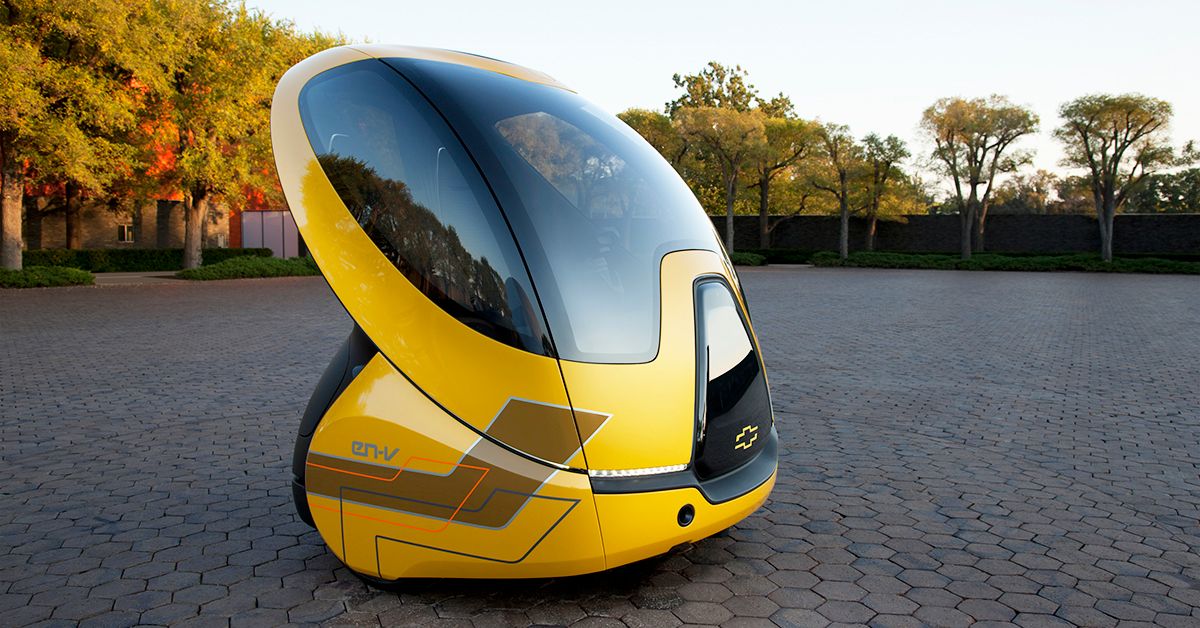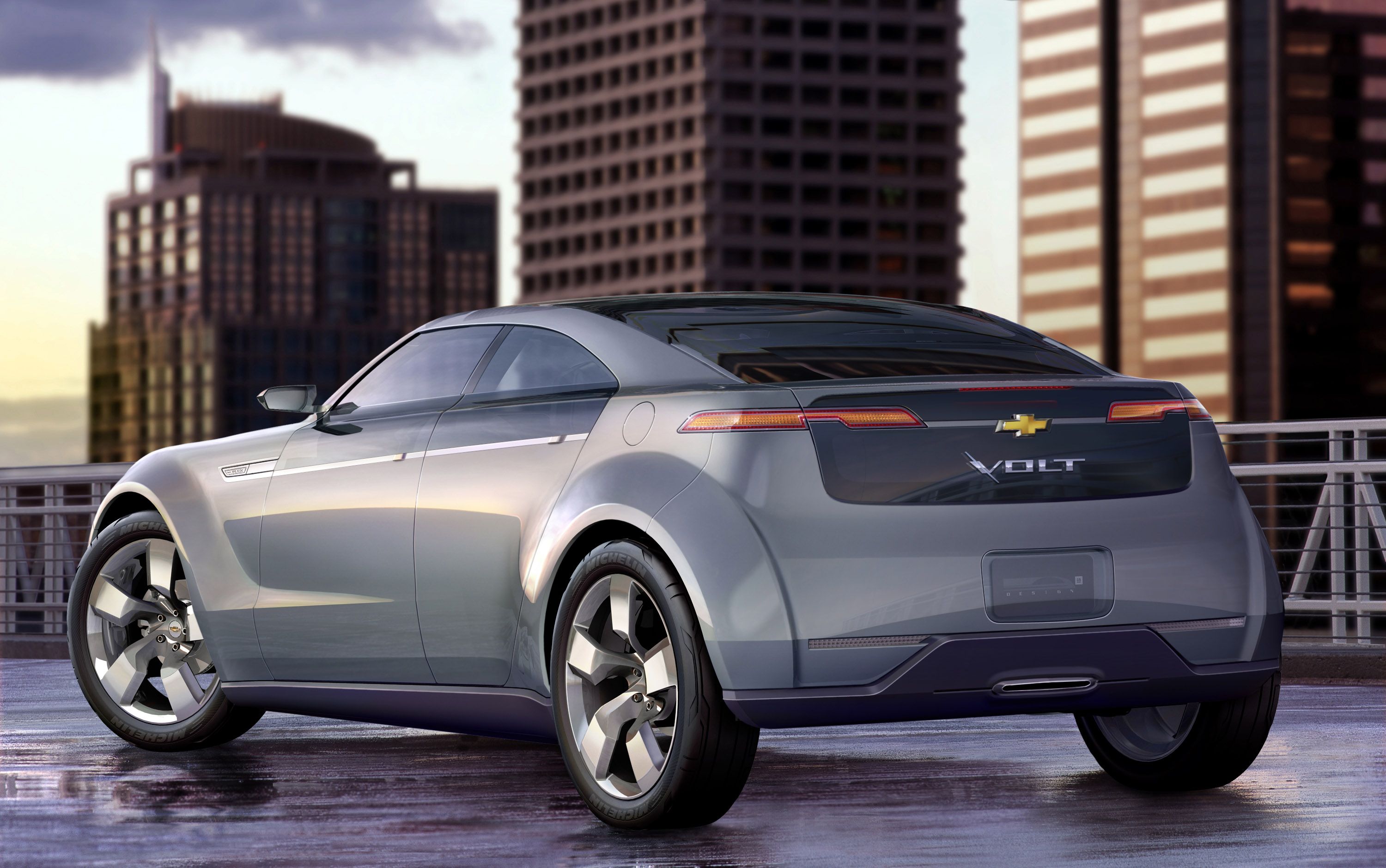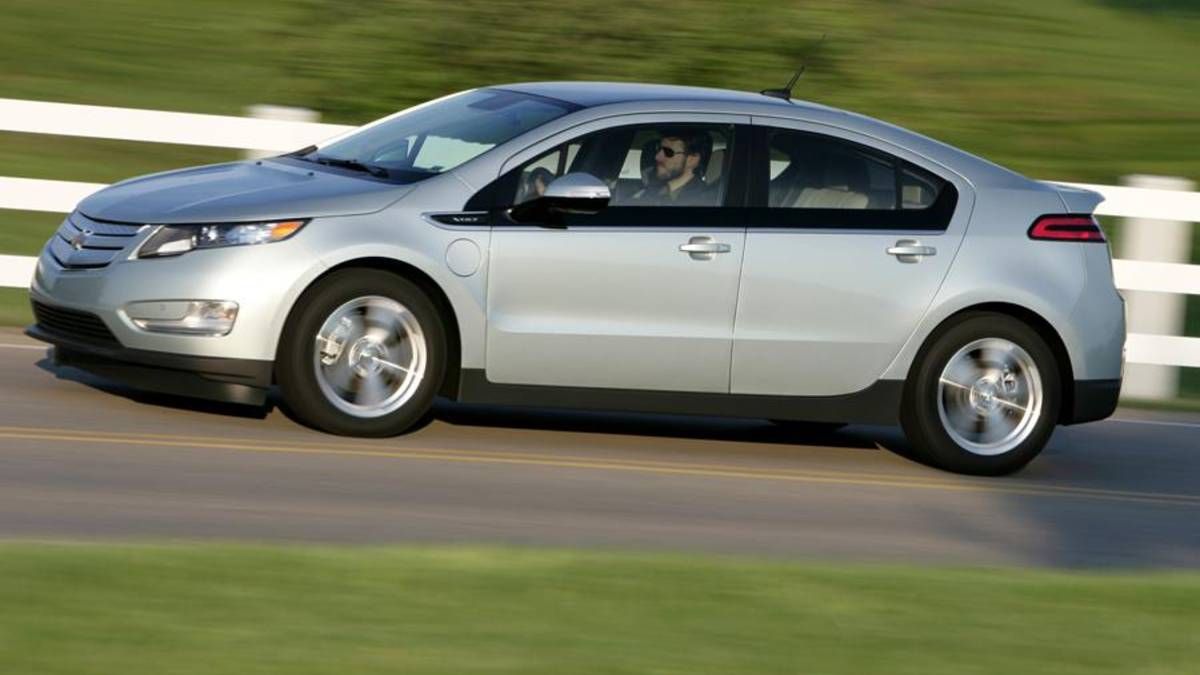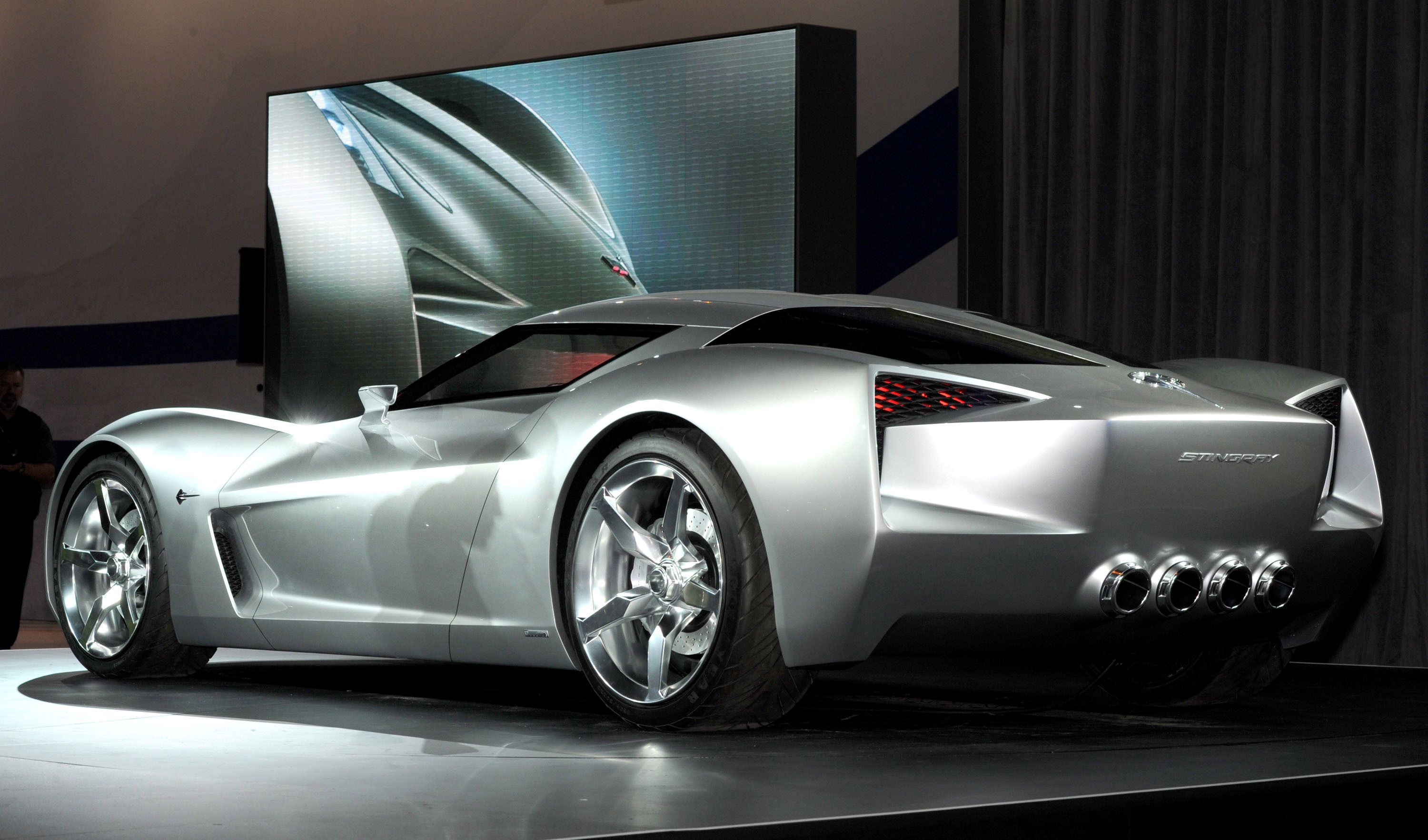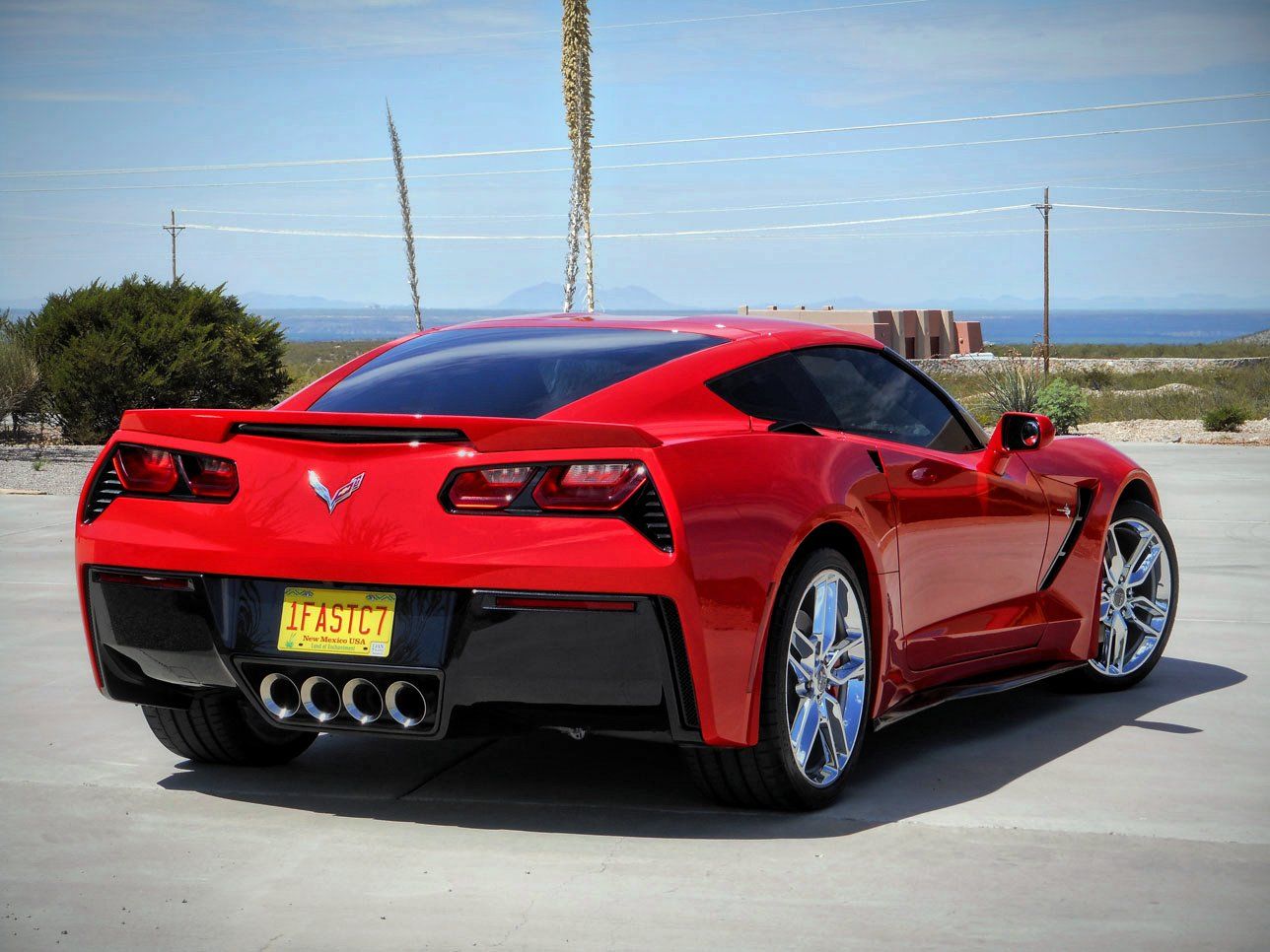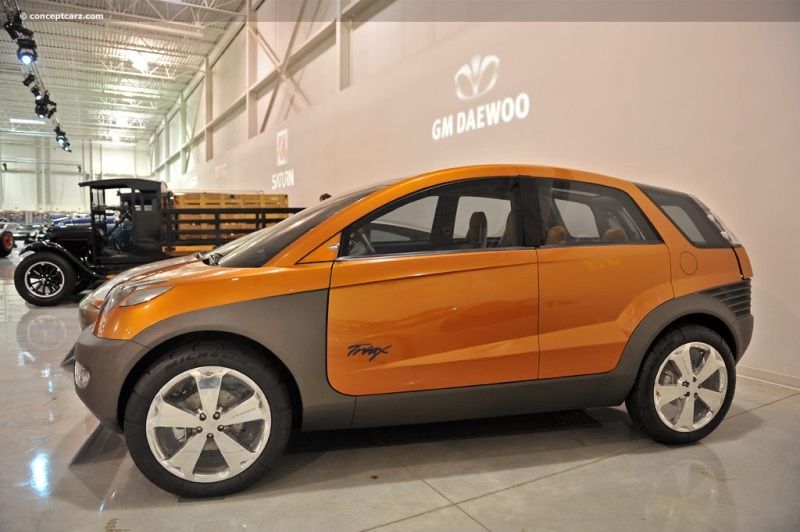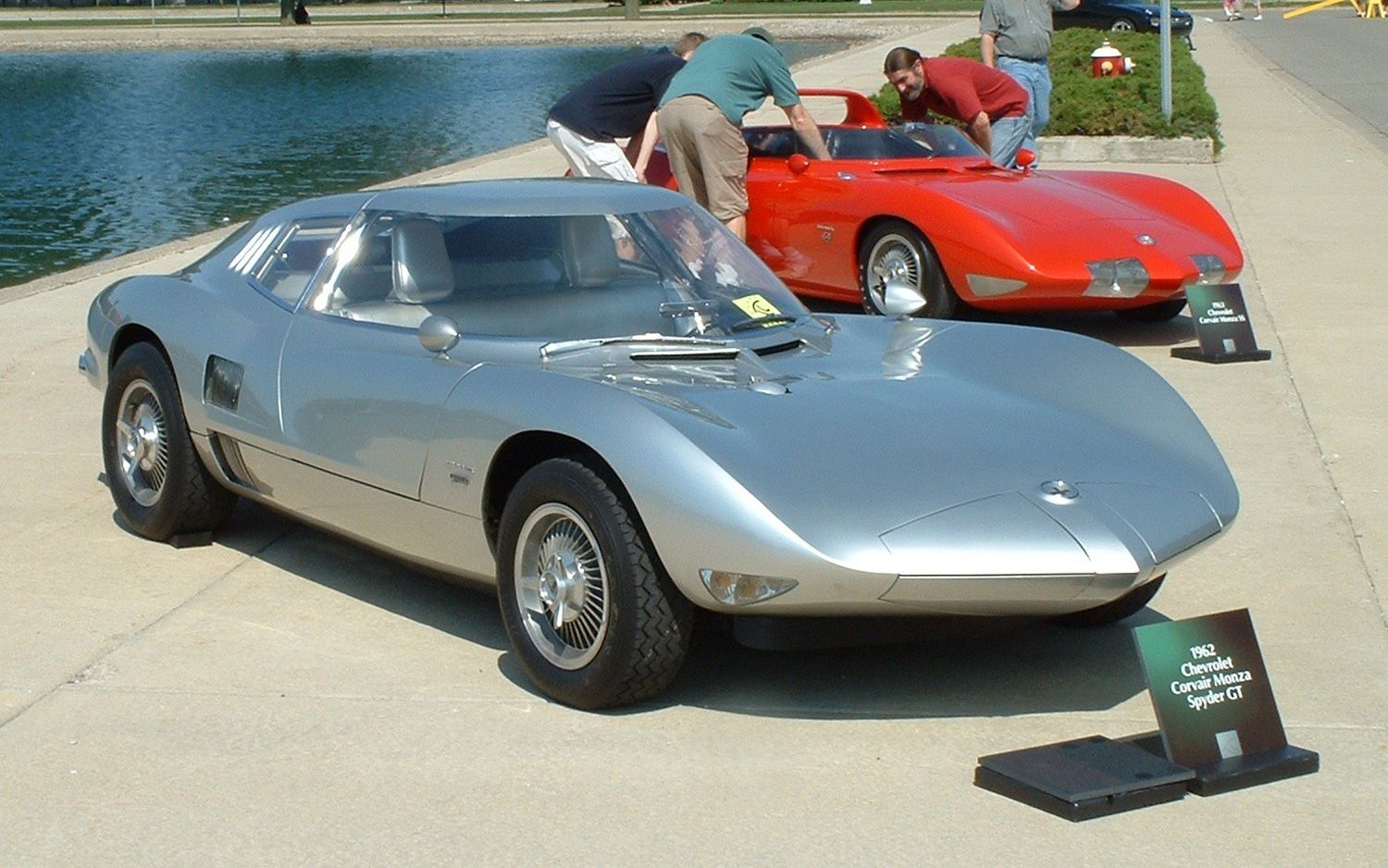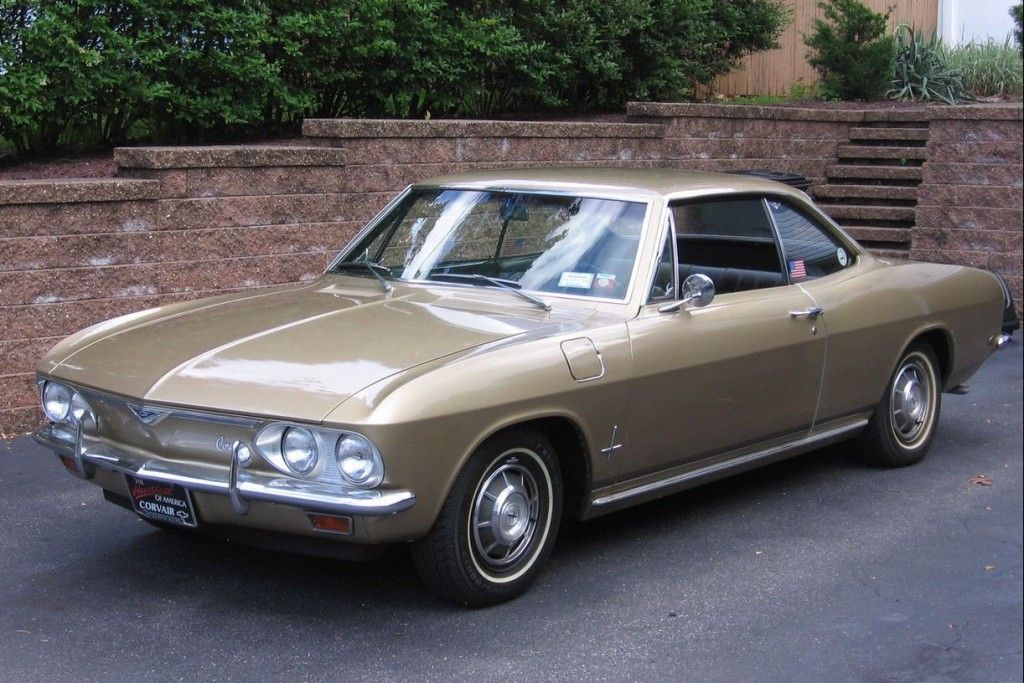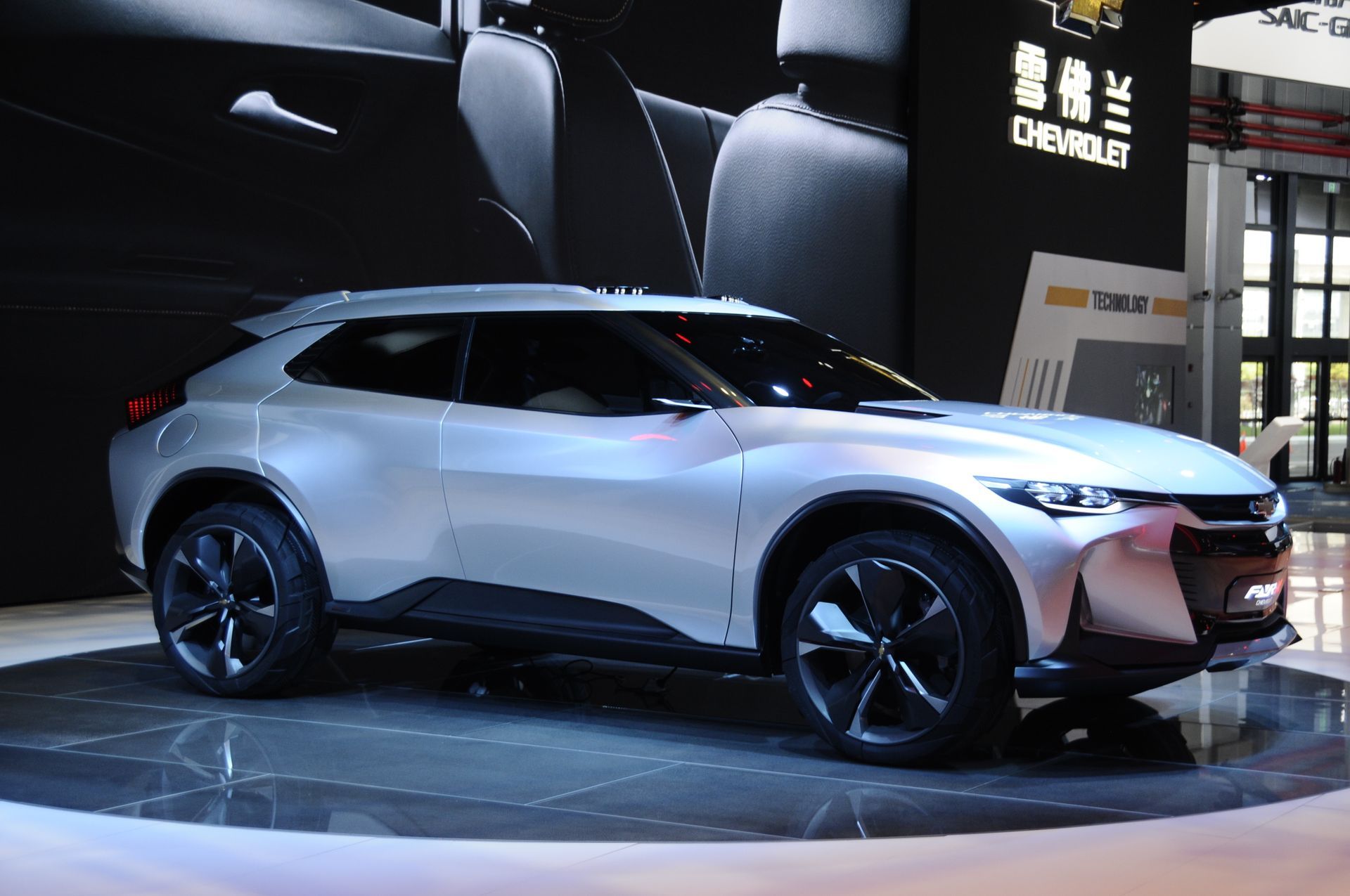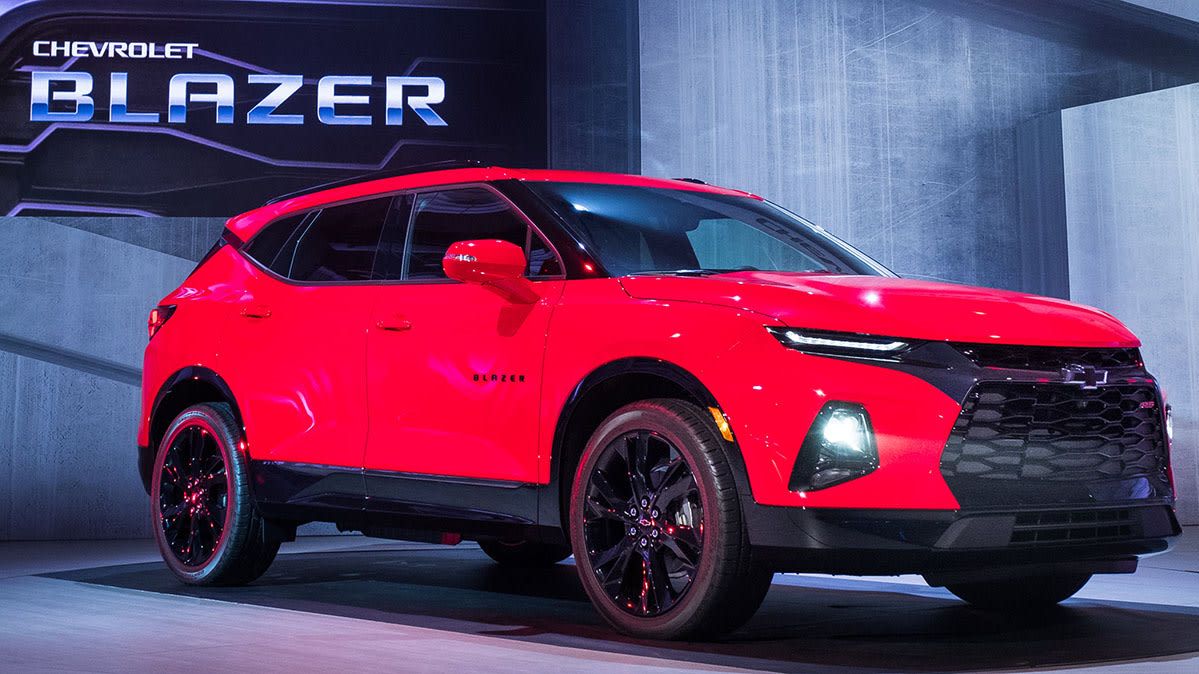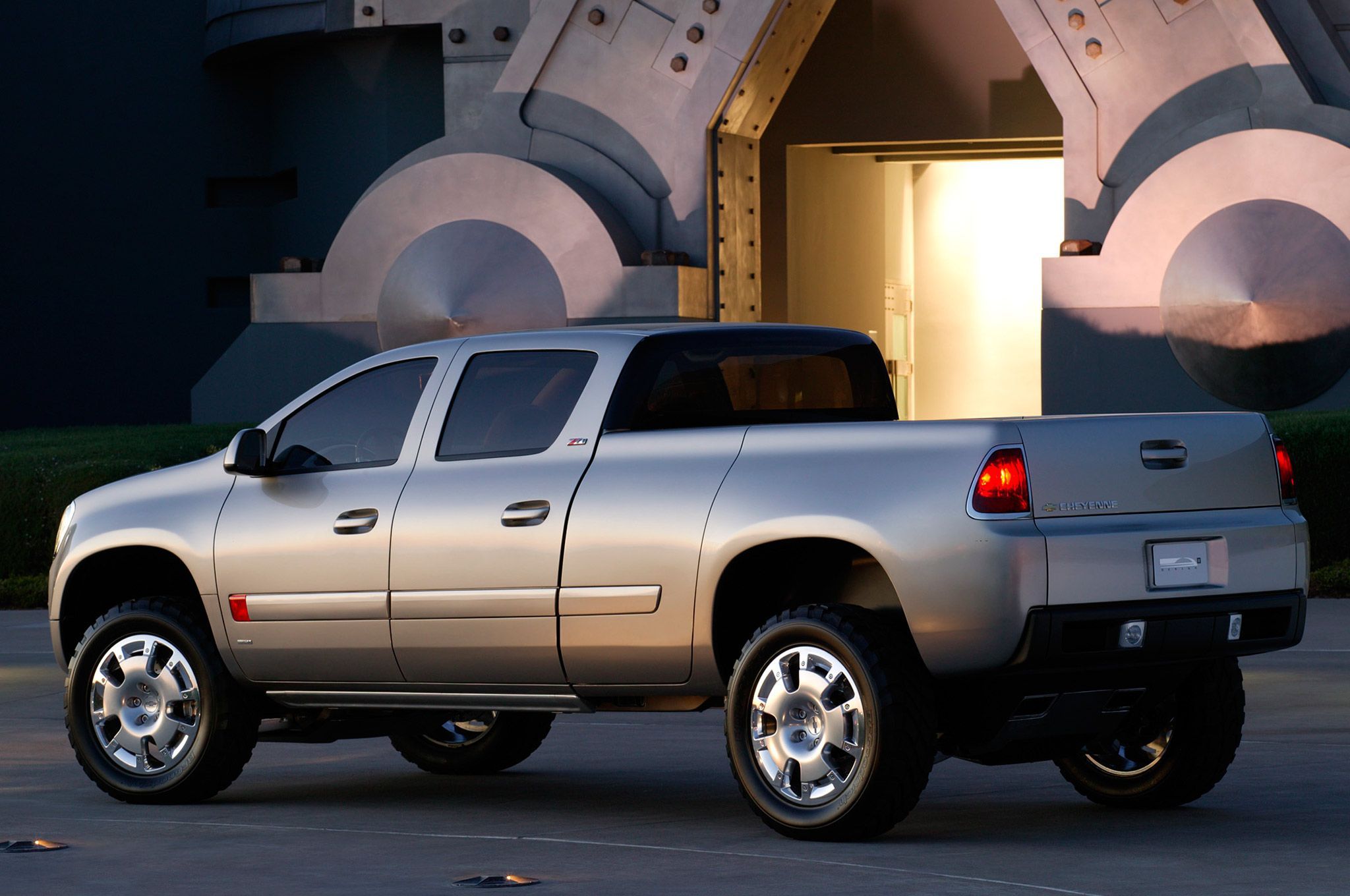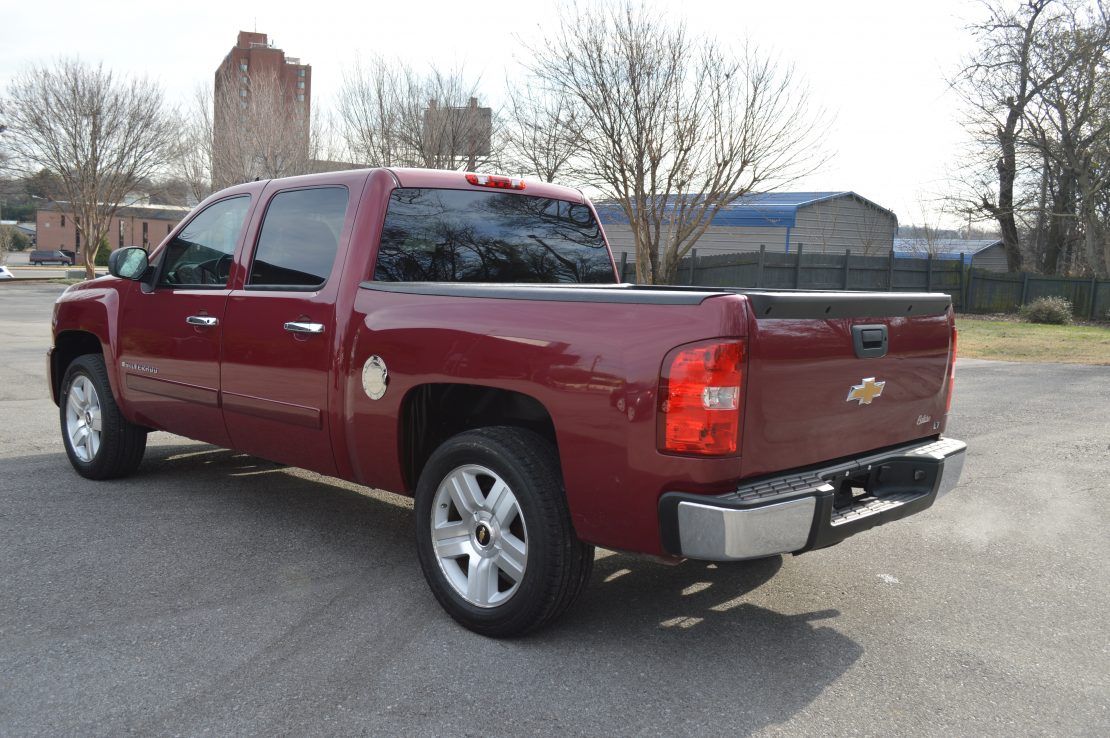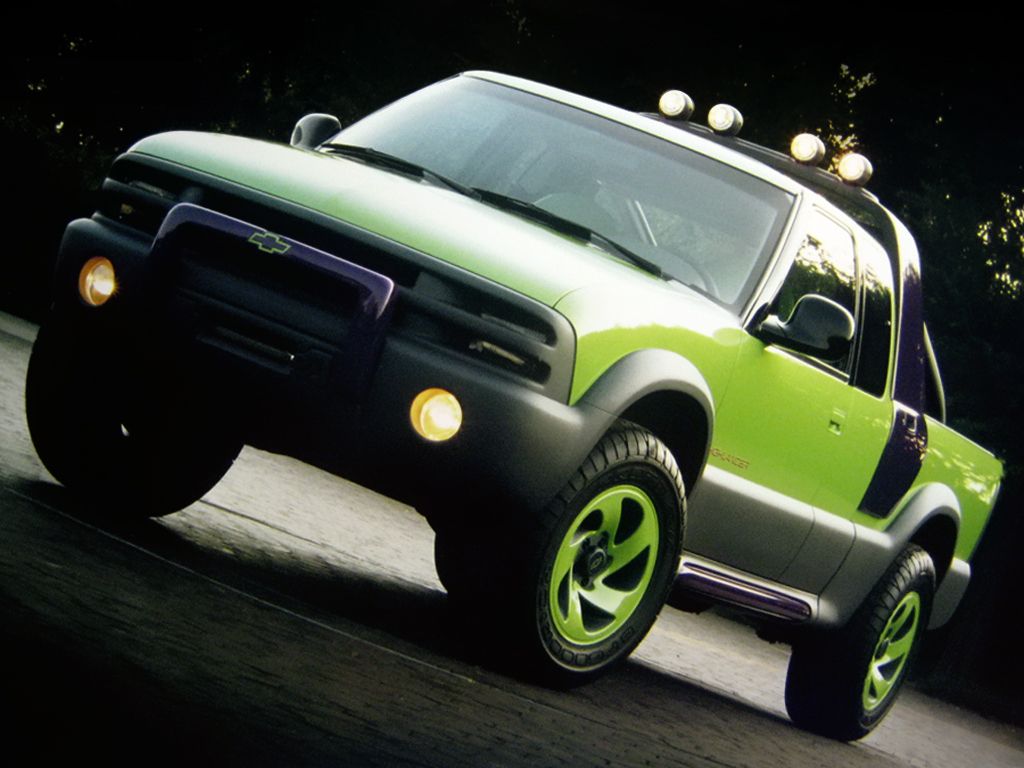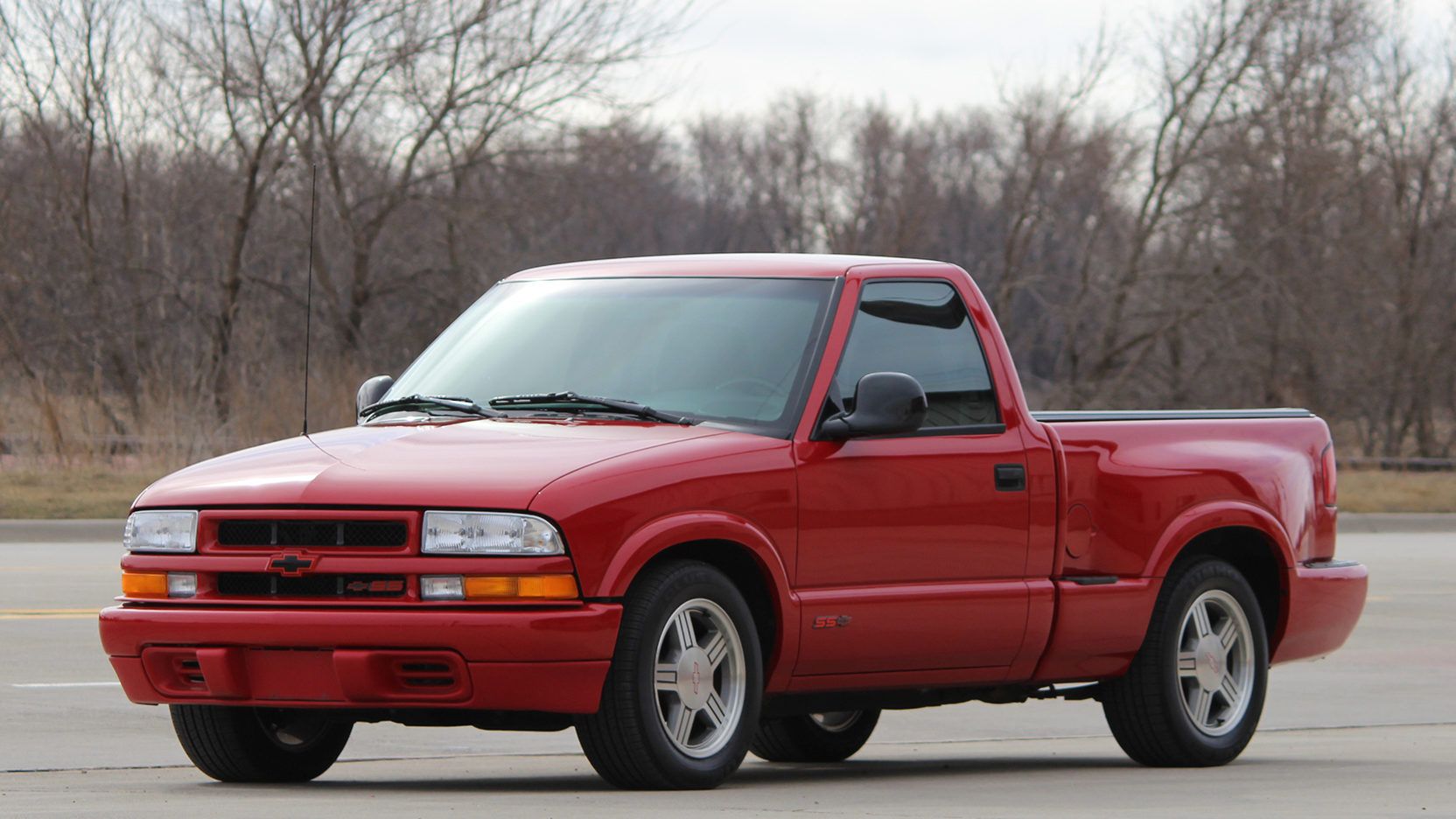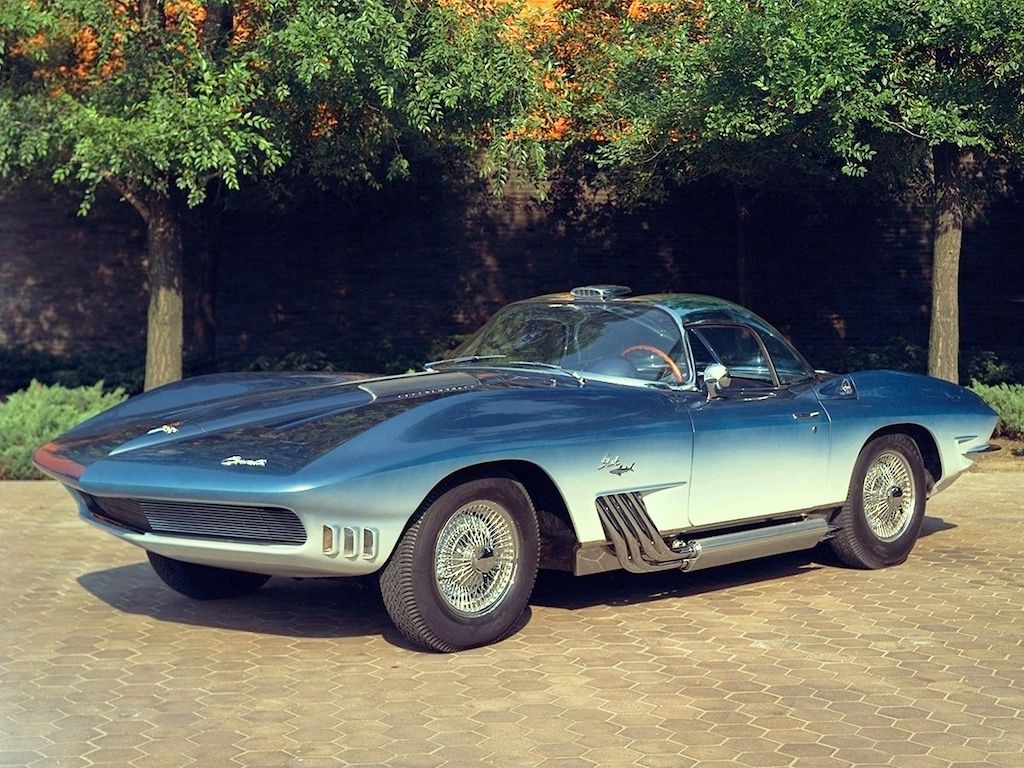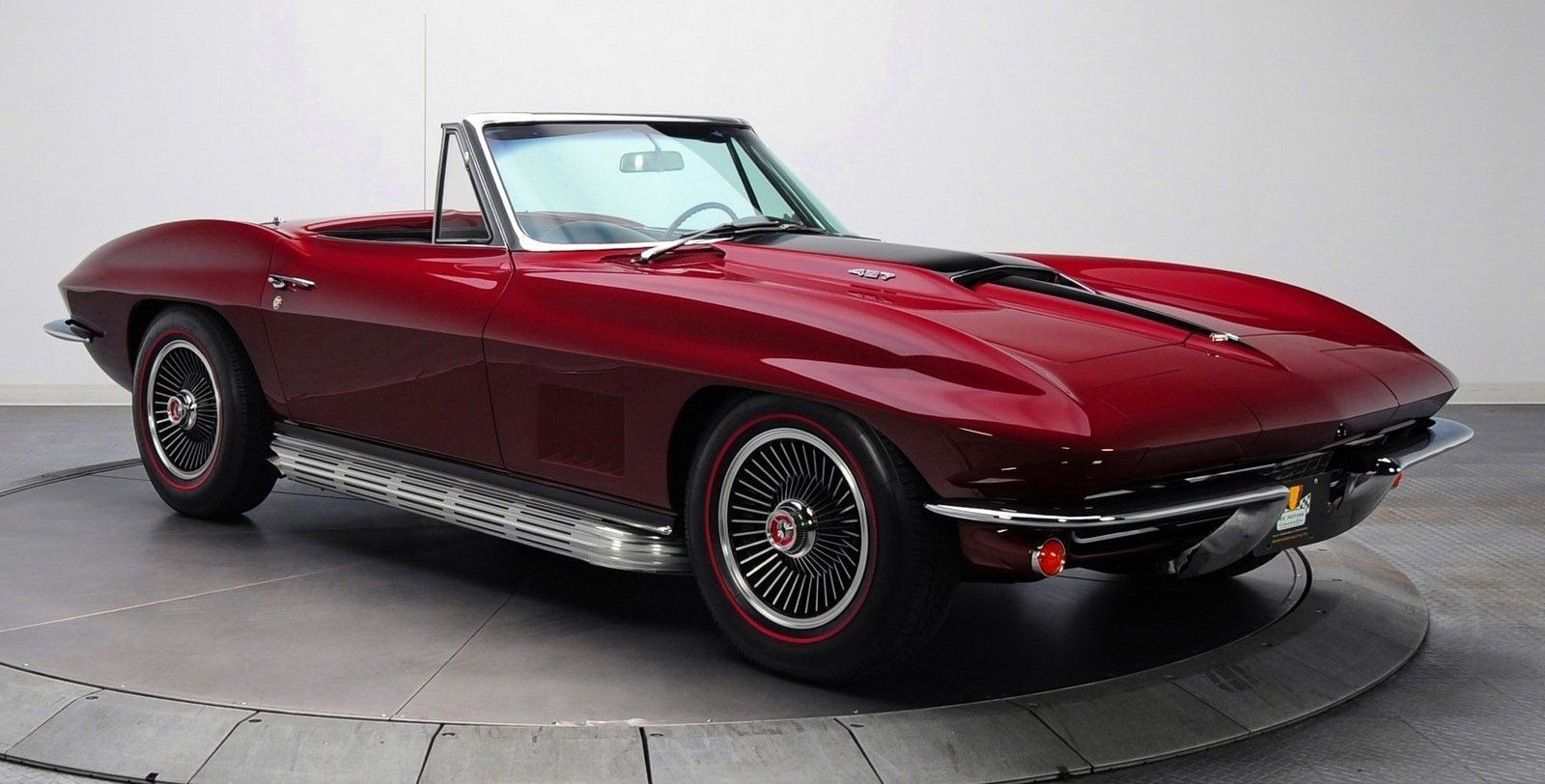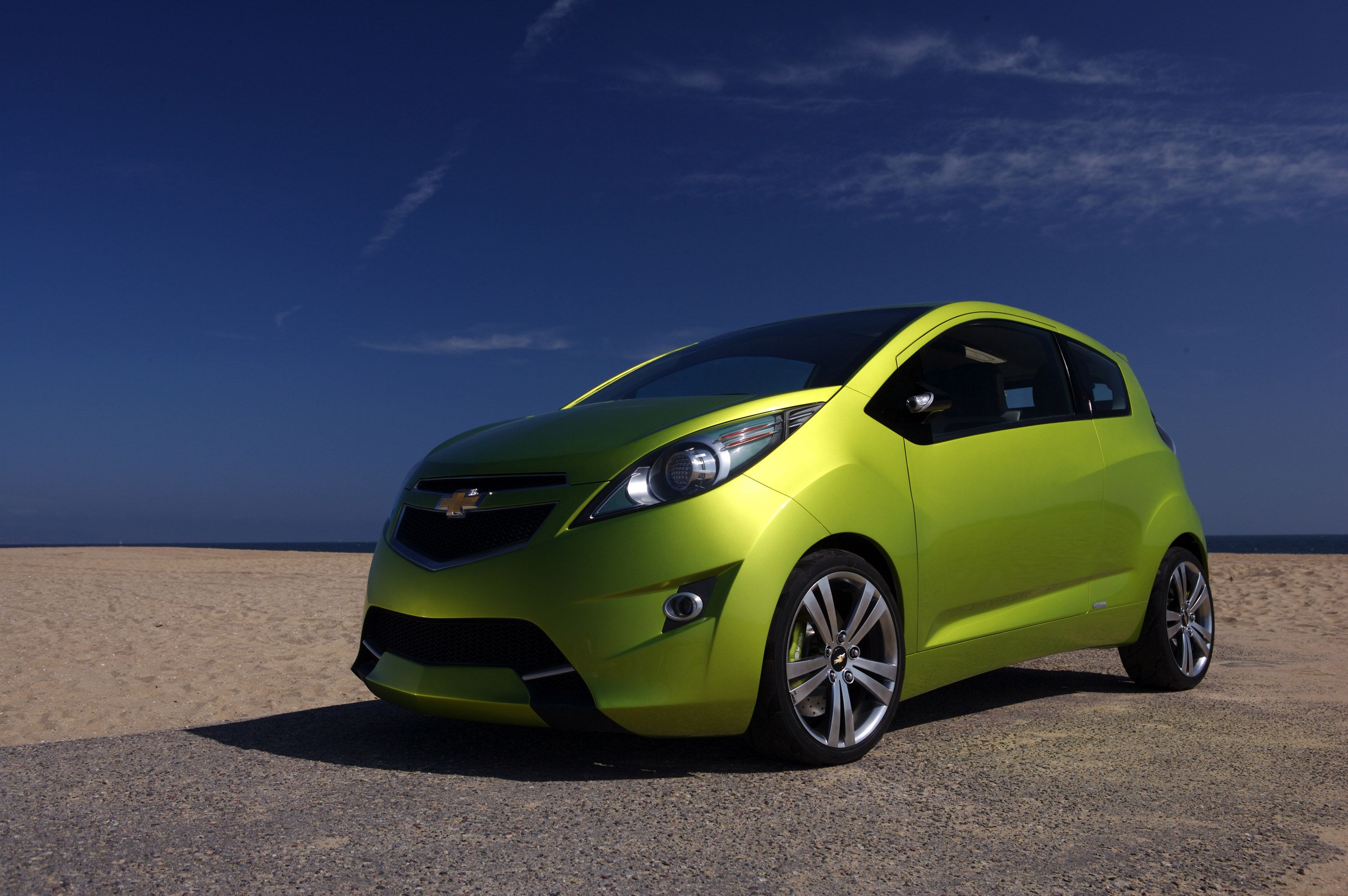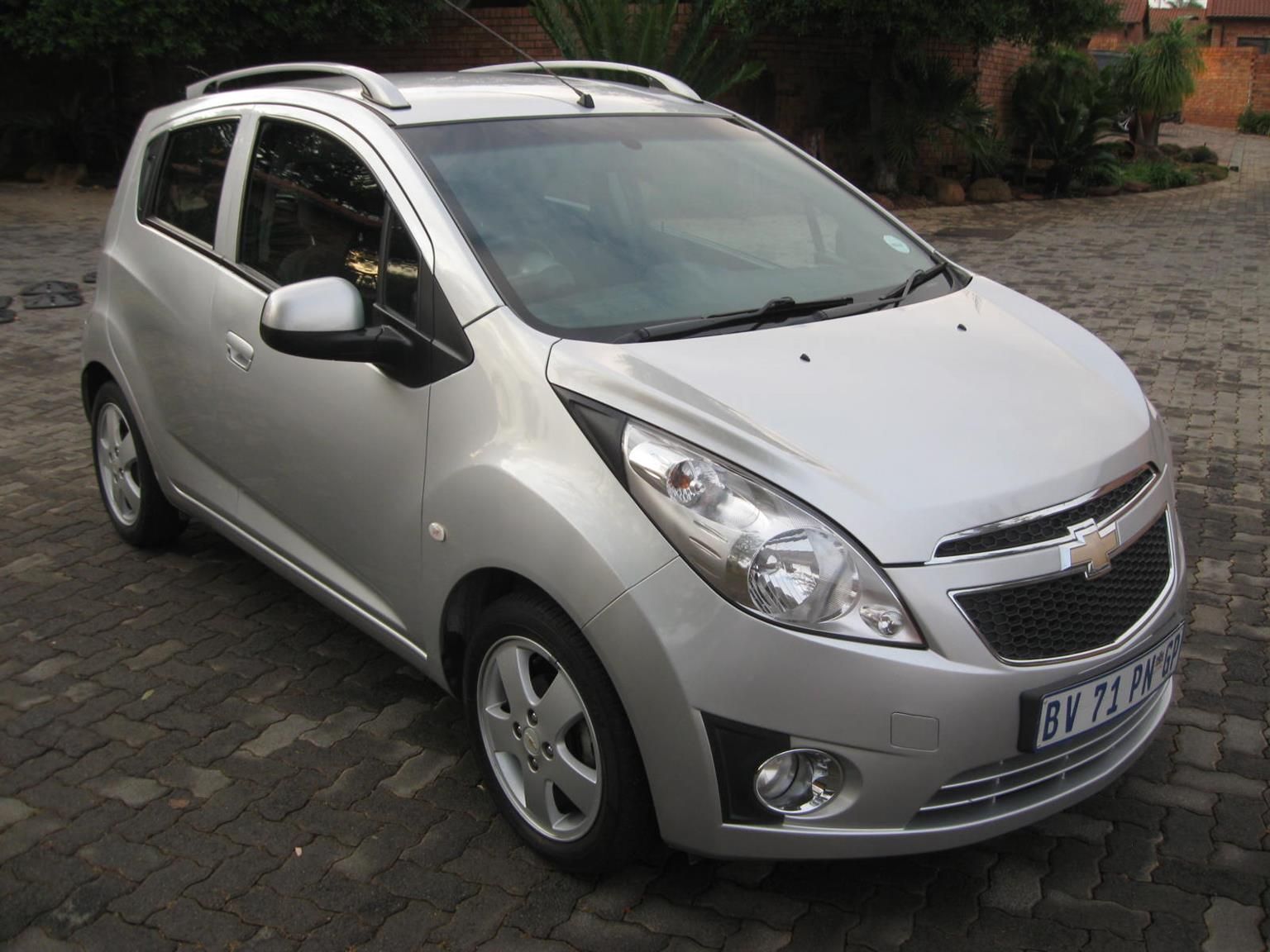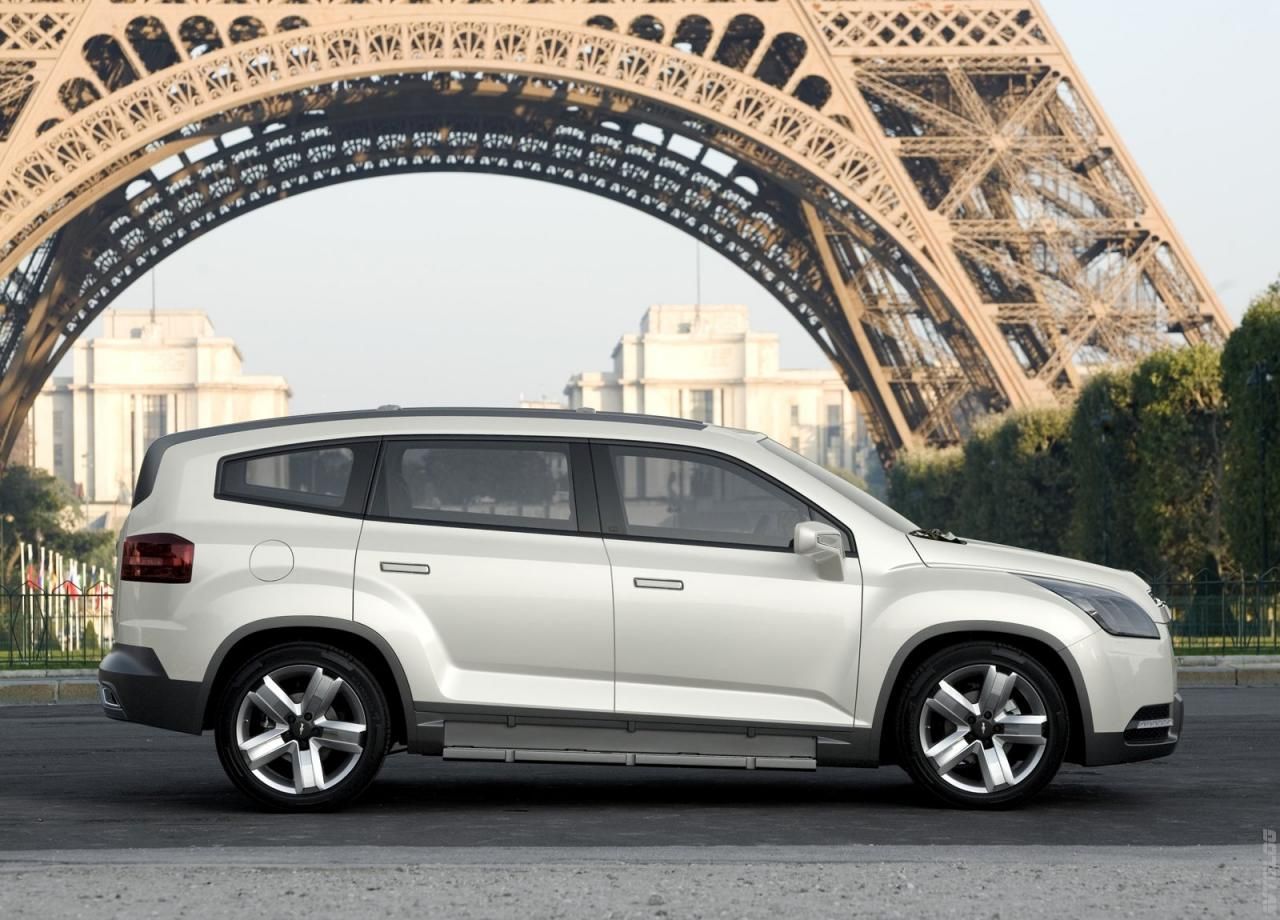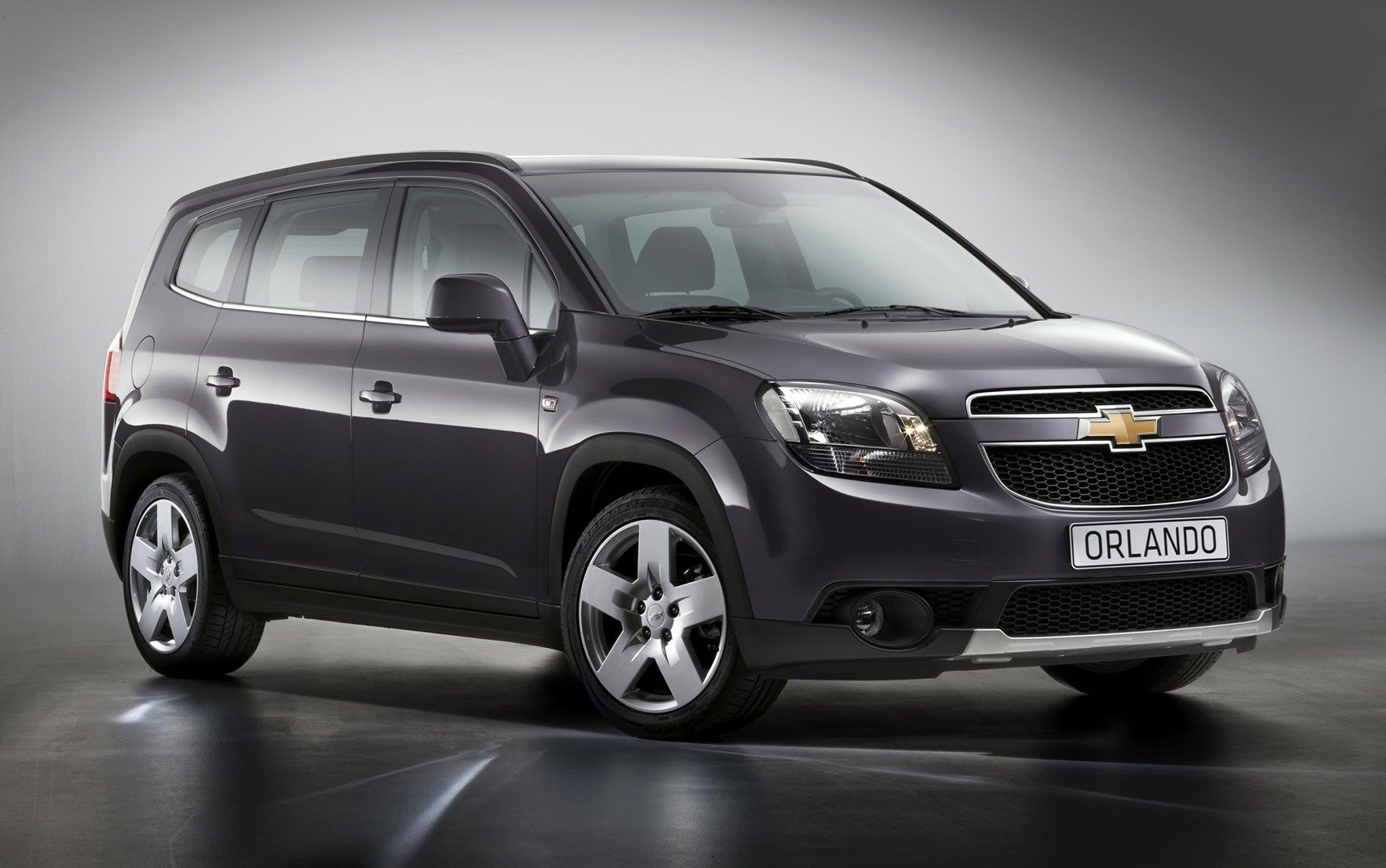Chevrolet is one of this country’s most illustrious automakers, with a corporate history that has the makings of an Oscar-winning drama. Founded by Swiss race car driver Louis Chevrolet and former GM CEO William C. Durant in 1911, the company merged with Durant’s former employer seven years later to become the conglomerate’s volume player and take the sales fight directly to Ford. Now, any automaker with a century-old legacy will have left a trail of fascinating prototypes and concept cars, some of which panned out and some of which that didn’t: after all, their very purpose is to evaluate the car-buying public’s interest in a vehicle’s design. When you’re looking to compete in as many niches and markets as Chevrolet, the number of those experiments, successes and failures alike, is dramatically increased.
Of course, as you all probably know, putting a car into production is a long, arduous, ruinously expensive affair, even for enormous companies like GM. It’s a process that involves years of research and development, evaluating different markets, passing rigorous engineering requirements, and devising enormous marketing schemes. And since Chevrolet is a volume player, they must also ensure that their vehicles are palatable to as large an audience as possible. In practical terms, that means that most exotically-styled show cars you see wearing the bowtie at auto shows will be diluted to the point of nonexistence by the time it ends up on your neighbor’s driveway. Still, these 15 examples diverged from their concept predecessors more than most.
30 Concept: Chevrolet Volt
The concept car that made its debut at the 2007 North American International Auto Show belied its benign, eco-friendly purpose with menacing styling that made it look like a four-door Camaro from the 2050s.
Its short overhangs, rising beltline, and four-square stance gave it real muscle car proportions but livened up with plenty of futuristic detailing, especially the slimline lighting arrangement and glass roof.
Moreover, it promised buyers 150 miles to the gallon while running on high-octane E85 fuel, with an all-electric range of 40 miles. That's positively prehistoric in the days of Tesla Roadsters with a claimed 620-mile ranges, but it was a lot more than a decade ago.
29 Reality: Chevrolet Volt
The car we got, while tidily styled, was but a pale shadow of what had come three years earlier. In fact, other than its pointily-shaped grille and quasi-two-piece side windows, you could hardly tell they came from the same family. Thankfully, it kept the same mechanical layout as the Volt concept, which was meant to assuage fears over driving range with an 80 hp generator to charge the Volt’s lithium-ion battery. That brought overall range to 380 miles and a gasoline-equivalent fuel economy rating of 93 MPG-e.
28 Concept: Chevrolet Corvette Stingray Concept
When your car makes its debut in a Michael Bay Transformers film, you know it's going to have to be something special to stand out amid all the explosions and half-naked Victoria’s Secret models. Thankfully, the Stingray concept was an absolute scene stealer, with a wide, low stance that artfully melded heritage cues, such as the split rear window and bulging fender lines, to futuristic detailing and technology, like the slimline lighting system and hybrid V8 powertrain..
27 Reality: Chevrolet Corvette C7
Now, there’s no doubt that the C7 is the best new-car performance bargain on the on market, with a Porsche-rivaling chassis mated to a sledgehammer-like 6.2 liter small block V8.
Its status as a performance icon was never, and never will be, a point of contention.
That said, in my opinion, it's styling has lost some intrinsic Corvette-ness; heck, designers even ditched the circular taillight arrangement in favor of a quad-square setup. From some angles, it could almost be mistaken for something European, which isn’t something I could say about either its C6 predecessor or the Stingray concept.
26 Concept: Chevrolet Triax
Revealed at the 2000 North American International Auto Show in Detroit, the Chevrolet Triax was a technological tour-de-force for GM, but one that was unfortunately cursed with a face only a mother could love. While quirkily-styled compact crossovers and SUVs are all the rage nowadays, what with stuff like the Nissan Juke or Jeep Renegade, the segment wasn’t nearly as popular at the turn of the century. That’s probably why the Triax didn’t garner as much attention as it should have, even with a very contemporary hybrid powertrain, comprised of a 0.66 liter V3 (no, that’s not a typo) engine combined to a duo of electric motors driving the rear wheels.
25 Reality: Chevrolet Cruze
While North American consumers only saw the Cruze badge affixed to the rear end of a four-door Corolla competitor, car buyers in the South Asian markets found it on the back of a compact SUV from the early 2000s. To call it a Chevrolet is a bit of a misnomer however: the Cruze was little more than a rebadged Suzuki Ignis, a humble little runabout with none of the Triax’s fancy hybrid frippery. Instead, it offered a range of conventional small-displacement gas or diesel inline-fours.
24 Concept: Chevrolet Corvair Monza GT
Designed by famed Japanese-American car designer Larry Shinoda (who was also heavily influenced the design of the legendary Corvette Stingray and personally penned the 1970 Ford Mustang Boss 302), the Chevrolet Corvair Monza GT was a gorgeous mid-engine prototype revealed at a Sports Car Club of America race in Elkhart Lake, Wisconsin in 1962. Mechanically speaking, it was comprised of heavily adapted components from the rear-engined Corvair, including its 102 hp flat-six engine, which was modified to be mounted ahead of the transaxle instead of behind it.
23 Reality: Chevrolet Corvair Monza
I’d hesitate to call the production-ready Corvair Monza a disappointment: it was also designed by Larry Shinoda, and as such, was a properly gorgeous car. It was simply a much different car than what the Monza GT had previewed: more pedestrian and less compromised certainly.
That isn’t to say that the Corvair Monza was slow, far from it: in its final year of production in 1969, top range Monzas cranked out 180 hp.
And if you’re worried about the handling issues described within Ralph Nader’s scathing book Unsafe at any Speed, don’t worry: second-generation Corvairs (like the Monza) ditched the swing-arm suspension design in favor of a very modern fully-independent setup.
22 Concept: Chevrolet FNR-X
Unveiled at the 2017 Shanghai Auto Show, the FNR-X is a two-row crossover that disguises its pedestrian purposes with a heaping platter of Camaro-inspired visual aggression.
That’s kind of funny, considering its viciously-creased sheet metal was shaped at GM’s Pan Asia Technical Automotive Center, located in what is hardly a high-volume market for V8-powered muscle cars.
Though its name is worthy of several hundred eye-rolls (those first three letters stand for “Find New Roads”, bleh), the FNR-X’s suite of tech is hardly cringeworthy, and includes stuff like a so-called “Advanced Driver Assist System” as well as a heads-up display system that offers an unobstructed view of 270 degrees around the car using an array of exterior-mounted cameras
21 Reality: Chevrolet Blazer
The reveal of the new Blazer should still be fresh within most of your minds, considering it happened less than two weeks ago. Meant to bridge the gap between the aging compact Equinox and the three-row Traverse, the Blazer manages to look much, much angrier than either. Like the FNR-X concept, it draws heavily from the recently refreshed sixth-generation Camaro, especially in sporty RS trim, which blacks out the hexagonal grille up front. Unlike Ford’s planned Bronco revival, the Blazer is intended to be a more car-like vehicle than its rugged ancestors, and as such will be available in either FWD or AWD, with a choice of either a 192 hp inline-four or a 306 hp V6 engine.
20 Concept: Chevrolet Cheyenne
The Cheyenne was an exiting reimagination of the archetypical Chevrolet pickup. The automaker deemed the concept’s philosophy to be "rugged elegance." That sophisticated vibe was both plain to see and hidden to the naked eye: under the aerodynamically-efficient body (by the standards of the pickup class anyway) lurked an extruded aluminum chassis, all-round independent suspension, Fox remote-reservoir shocks, and rear-wheel steering. Thankfully, all that frou-frou tech didn’t preclude muscle, as the Cheyenne packed 6.0-liters, 500 horsepower, and 580 pound feet worth of Triton V8 under its clamshell hood.
19 Reality: Chevrolet Silverado 1500
The second-generation Chevrolet Silverado, while handsome in a square-jawed, all-American sort of way, simply couldn't compete with the Cheyenne's upscale curb appeal.
Introduced in late 2006, nearly three years after the concept, the Silverado lacked many of its headline-worthy features, including the extruded aluminum chassis (made from high-strength steel instead), independent suspension, and four-wheel steering system.
The light-duty 1500 was also missing the continent-shifting brawn of the Cheyenne’s Triton V8, as the most potent engine on offer was a 6.2 liter Vortec V8, which produced a comparatively measly 403 hp and 417 lb ft of torque
18 Concept: Chevrolet Highlander
The Chevrolet Highlander was revealed at the North American International Auto Show in 1993. The year of its debut explains the color scheme: despite the high-fantasy name, the Highlander was decked out like Barney The Dinosaur’s Underoos. Whether or not that’s a good thing is up to you. The Nickelodeon bodywork required equally juvenile-looking toys: the left side of the car contained an integrated toolkit, the contents of which where also coated in lime green and purple. Under the hood was comparatively pedestrian naturally aspirated 4.6 liter V6
17 Reality: Chevrolet S10
Chevrolet’s long-running series of compact S10 pickups, introduced in 1982, entered its second generation in 1994 with slightly sleeker sheet metal than its predecessor.
However, it wasn’t until the truck’s 1998 mid-cycle refresh that it looked anything like the Highlander concept.
For better or for worse, the production-ready vehicle ditched the nineties paint job and the show car accessories: there was no garishly-colored toolkit or removable roll bar to be found here. For top-spec SS models, a 4.3 liter V6 came standard, which cranked out 200 hp in its peak state of tune.
16 Concept: Chevrolet XP-775 Corvette Shark
Revealed in 1961, this vicious-looking prototype was styled to emulate the predatory lines of its aquatic namesake. Designer Larry Shinoda, working under the watch of fellow industry icon Bill Mitchell, went further than most to channel that particular vibe: two-tone paint reportedly matched the coloring of a shark that Mitchell had caught and mounted on his office wall.
A few key differences between the production-ready Corvette Sting Ray and the XP-775 included the prototype’s double-bubble roof, elongated and pointed nose, an extra pair of taillights (for a total of six), as well as the aggressive side-exit exhaust pipes, which, thanks to a supercharged 327 ci V8, made an awesome racket (I should probably mention that side-exit exhausts were eventually offered as a factory option, but only two years after the C2’s introduction, and they were never as exposed as those fitted to the XP-775).
15 Reality: Chevrolet Corvette C2
The second-generation Corvette is undoubtedly one of the best-looking road-legal cars to have ever come out of this country, and almost certainly the most distinctive car to wear the Corvette badge: its no coincidence that a mint condition example can run you well into six-figure territory.
Featuring a fiberglass exterior panels over a rigid steel structure, the C2 represented a major step up in handling capability over its predecessor.
Worshippers at the church of boost would be disappointed by the absence of a factory-supercharged engine option, but forced-induction isn’t a necessity when the most potent engine on offer was Chevy’s 427 ci L72 V8, which cranked out a colossal 425 hp.
14 Concept: Chevrolet Beat
The Chevrolet Beat represented a turning point for GM’s long-neglected lineup of superminis, which last saw action back in the bad old days of the Geo Metro.
The Beat concept was designed by the conglomerate’s Korean division over at GM Daewoo but was revealed at the 2007 New York International Auto Show.
It shared a podium with another pair of compact concepts, one of which was the Trax Compact SUV, which also happened to make it into production in watered-down form.
13 Reality: Chevrolet Spark
While Spark is far from the worst offender on this list when it comes to visually diverging from its concept, there’s no denying it’s missing a large part of the joie de vivre that made the Beat so special. It hit dealership lots in 2009 with a 1.2-liter inline-four engine, which, unlike the unit found under the hood of the concept, was naturally aspirated. Unsurprisingly, that meant a relatively meager two-digit power output: 84 hp and 83 lb ft of torque.
12 Concept: Chevrolet Orlando
Serving as Chevrolet’s unashamedly modern riposte to the retro-chic Ford Flex station wagon-crossover fusion, the Orlando concept was unveiled at the 2008 Paris Motor Show. Perhaps it’s telling that it made its world debut in Europe instead of our side of the Atlantic: in spite of its stately (heh) name, the Orlando was built to suit Continental tastes (and roads), which explains its relatively compact footprint and oil-burning engine, good for 148 hp and 236 lb ft of torque. It was built on a lightly stretched version of the Chevrolet Cruze’s Delta architecture.
11 Reality: Chevrolet Orlando
Chevrolet initially promised that the Orlando would be coming to our shores. However, they pulled the plug on domestic sale at the last minute, but proceeded with plans offer the car to our cousins up North.
That’s right, the Orlando was a Canadian-market exclusive on our side of the Atlantic until 2015, when Chevrolet decided to restrict sale of the Orlando to European and Asian consumers only.
The production vehicle was dowdier than what the concept had promised, in no small part thanks to a far less aggressive front fascia that robbed the Orlando of much of its visual presence and instead conspired to make it look like a purpose-built rental car.

